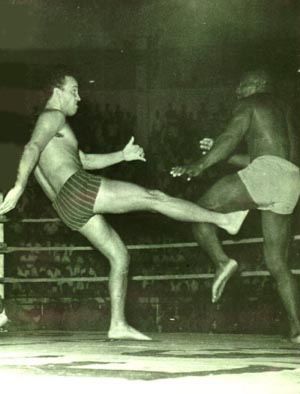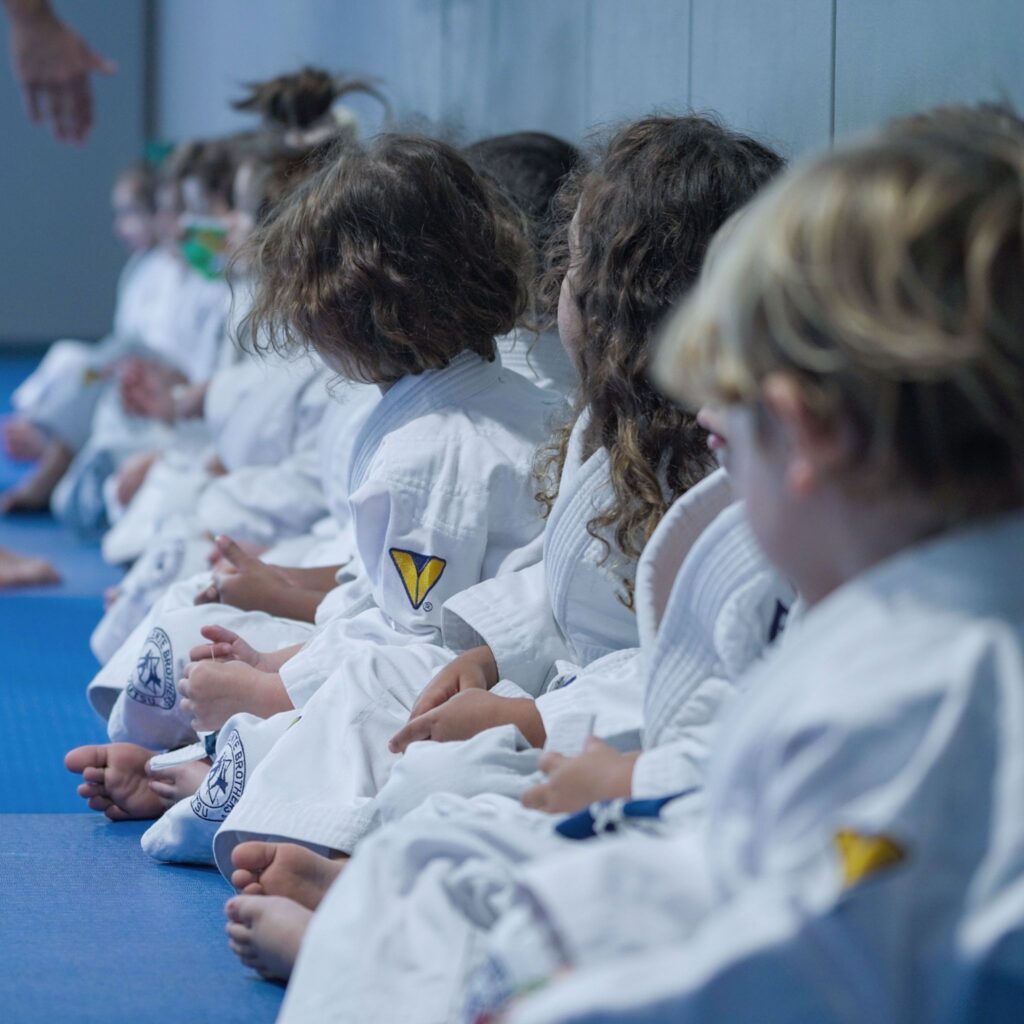Today, only a few people are aware of the true origins of jujutsu in Brazil, or as it became famous, Jiu-Jitsu. Back in the 1930s, the Academia Gracie, situated in a house in the borough of Flamengo in Rio de Janeiro, served as a vibrant hub for students from diverse backgrounds and fighting styles. Challenge fight events were common, attracting experts in capoeira, boxing, judo (which was then synonymous with Jiu-Jitsu), and catch wrestling, all eager to learn jujutsu. This open environment, where fighters from different styles trained together, played a pivotal role in the development of jujutsu in Brazil.
Naturally, the presence of these fighters from various styles training together contributed to the evolution of a remarkably complete fighting style, which Helio Gracie skillfully employed in his own fights. Moreover, this collaborative atmosphere played a crucial role in the development of Helio Gracie’s training systems. By integrating and refining techniques from different disciplines, Helio Gracie crafted an approach that was highly effective and adaptable. In the picture, Carlson Gracie, who was considered one of Helio Gracie’s most talented students, perfectly combined a wide range of techniques. He skillfully integrated grappling, throwing, and striking during his fight against Waldemar Santana. At Valente Brothers, we honor and preserve these historical roots, continuously striving to improve ourselves and our students in this comprehensive fighting system.




